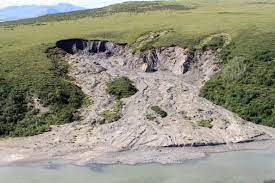
The Philippines, known for its beautiful lands, is located in Southeast Asia as an island country. It was named after King Philip of Spain when it was colonized by Spain in the 16th century. The Philippines is home to an abundance of wildlife including the Dugong, which the Philippines department of wildlife protects from being hunted. Animal and plant conservation is important to the Philippines as they are home to over 700 threatened species. The population in the Philippines is around 109 million people making it a popular country and yet because of its grandness, it is also home to a great agricultural presence.

Sadly the Philippines is home to many natural disasters because of its unique location. The Pacific Ring of Fire is home to 452 volcanoes and the Philippines is located in this ring making it a hotspot for tectonic movement and possible volcanic activity. Overall the Philippines is home to a diverse ecosystem and an even diverse history.
REFERENCES:
https://www.britannica.com/place/Philippines
https://en.wikipedia.org/wiki/Dugong
https://www.nationsencyclopedia.com/economies/Asia-and-the-Pacific/Philippines-AGRICULTURE.html
https://education.nationalgeographic.org/resource/plate-tectonics-ring-fire



